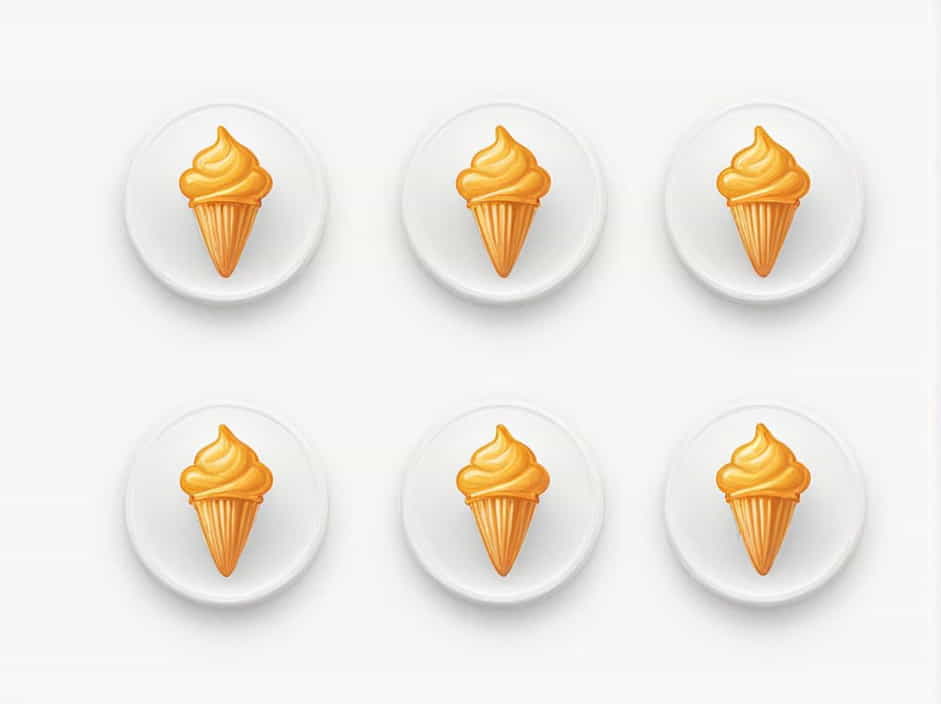Incorporating air into food is a crucial technique in cooking and baking. It helps create light, fluffy textures in cakes, mousses, meringues, and even savory dishes. By adding air, foods become softer, more delicate, and enjoyable to eat.
In this topic, we’ll explore the best methods and tools for incorporating air into food, how they work, and tips to achieve the best results.
Why Is Air Important in Cooking and Baking?
Air plays a significant role in many recipes by:
✔ Enhancing texture – Makes cakes, bread, and whipped creams lighter.
✔ Improving volume – Helps batters and dough rise properly.
✔ Creating smoothness – Gives mousses and meringues their soft structure.
✔ Aiding in leavening – Works with baking powder, yeast, and egg whites to help baked goods rise.
Now, let’s look at the different methods and tools used to incorporate air into foods.
Methods for Incorporating Air into Foods
1. Whisking (Manual & Electric)
Whisking is one of the simplest and most common ways to add air. It works by rapidly moving liquid ingredients to trap air bubbles.
✔ Best for: Whipped cream, meringues, scrambled eggs, pancake batter.
✔ Tools needed: Hand whisk, electric mixer.
✔ Tip: Use a balloon whisk for better aeration when whipping by hand.
2. Beating (Using a Mixer)
Beating uses high-speed mixing to incorporate air into batter or dough. It’s more effective than whisking when dealing with heavier mixtures.
✔ Best for: Cake batter, frosting, buttercream.
✔ Tools needed: Hand mixer, stand mixer with a paddle or whisk attachment.
✔ Tip: Beat butter and sugar together to create a fluffy, aerated base for cakes.
3. Folding (Gentle Air Incorporation)
Folding is a delicate mixing technique used to incorporate air without deflating the mixture. This is especially important in soufflés and mousses.
✔ Best for: Mousse, sponge cake, soufflés, macaron batter.
✔ Tools needed: Silicone spatula or wooden spoon.
✔ Tip: Gently lift and turn the mixture to avoid losing air.
4. Sifting (Aerating Dry Ingredients)
Sifting helps incorporate air into dry ingredients like flour, cocoa powder, and baking soda, preventing clumps and improving texture.
✔ Best for: Cakes, bread, pastries.
✔ Tools needed: Sieve, flour sifter.
✔ Tip: Always sift flour before adding to a batter for a lighter texture.
5. Creaming (Sugar and Fat Combination)
Creaming is a baking technique that traps air between sugar and fat (butter or shortening) to create a fluffy structure.
✔ Best for: Cookies, cakes, muffins.
✔ Tools needed: Hand or stand mixer.
✔ Tip: Room-temperature butter creams best and holds more air.
6. Whipping (For Dairy and Egg Whites)
Whipping incorporates tiny air bubbles to increase volume and create light, airy textures.
✔ Best for: Whipped cream, meringues, mousse.
✔ Tools needed: Whisk, hand mixer, stand mixer.
✔ Tip: Chill the bowl and whisk for better whipping results with cream.
7. Kneading (For Yeast-Based Doughs)
Kneading stretches and traps air in yeast-based doughs, helping bread rise. It also strengthens gluten for structure.
✔ Best for: Bread, pizza dough, cinnamon rolls.
✔ Tools needed: Hands, stand mixer with a dough hook.
✔ Tip: Knead until dough is elastic and passes the windowpane test (stretches without tearing).
8. Using Leavening Agents
Leavening agents create air bubbles through chemical reactions, helping baked goods rise.
✔ Common leavening agents:
- Baking powder (creates carbon dioxide when mixed with liquid).
- Baking soda (reacts with acidic ingredients like lemon juice or buttermilk).
- Yeast (produces gas through fermentation).
✔ Best for: Bread, cakes, cookies, pancakes.
✔ Tip: Use the right amount of leavening to avoid collapsed or dense baked goods.
Best Tools for Incorporating Air into Food
| Tool | Best for | How It Works |
|---|---|---|
| Balloon Whisk | Eggs, cream, batter | Incorporates air manually through rapid movement. |
| Hand Mixer | Cake batter, meringue | Beating at high speed traps air. |
| Stand Mixer | Dough, frosting, whipped cream | More powerful mixing for better aeration. |
| Sieve/Sifter | Flour, cocoa powder | Breaks up clumps and adds air to dry ingredients. |
| Spatula | Folding mousse, soufflés | Helps mix gently to retain air bubbles. |
| Dough Hook | Kneading bread dough | Stretches dough to trap air pockets. |
How to Prevent Over-Aeration
While incorporating air is essential, too much can ruin the texture of some foods. Here’s how to avoid over-aeration:
❌ Don’t overwhip cream or egg whites – They can separate or become grainy.
❌ Avoid overmixing cake batter – It can lead to dense, chewy cakes.
❌ Use the right technique for the right food – Folding is gentle, while beating is vigorous.
Frequently Asked Questions
1. What is the best way to incorporate air into cake batter?
Beating butter and sugar together first, followed by gradually adding eggs and flour, helps trap air for a light cake.
2. Can I incorporate air without an electric mixer?
Yes! A balloon whisk and some arm strength can do the job, especially for whipping eggs or cream.
3. Why does my cake turn out dense instead of fluffy?
Dense cakes can result from overmixing, using expired leavening agents, or not creaming butter and sugar properly.
4. How can I make my bread softer and airier?
Proper kneading, enough proofing time, and using the right amount of yeast help create an airy, fluffy texture.
5. Why do my egg whites deflate after whipping?
Egg whites can deflate if you overwhip them, use a greasy bowl, or fold them too roughly into the batter.
Incorporating air into food is a key technique for creating light, fluffy, and delicious dishes. Whether you’re baking cakes, whipping cream, or making bread, using the right methods and tools ensures perfect results.
By mastering these techniques, you’ll elevate your cooking and baking, achieving professional-quality textures every time! 🎂🍞
